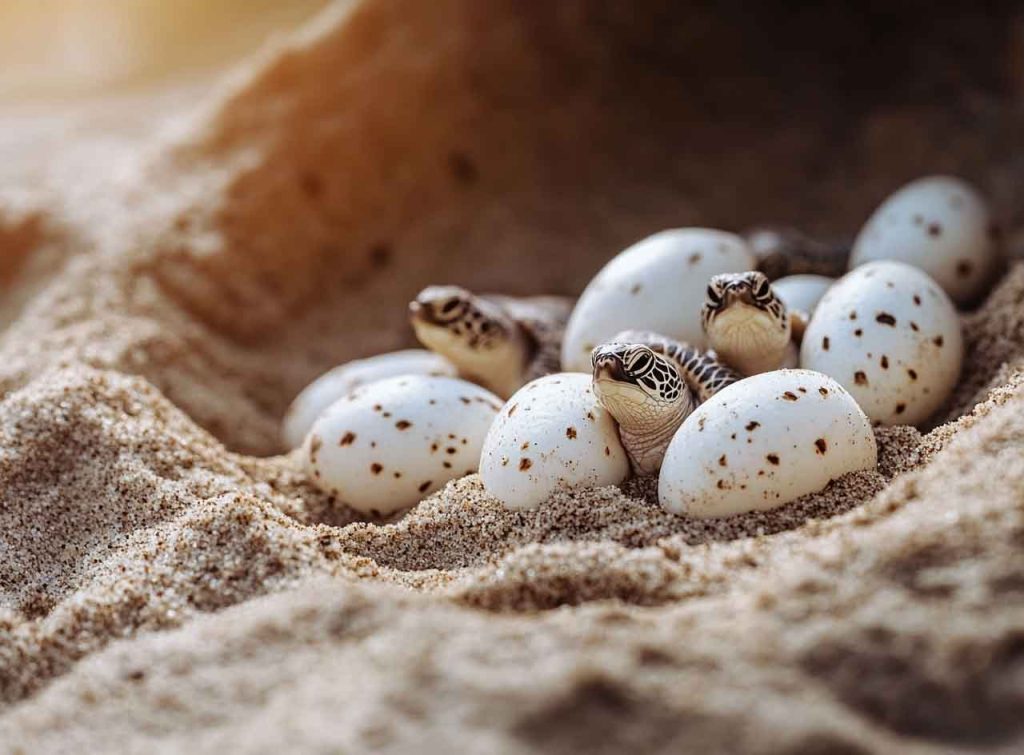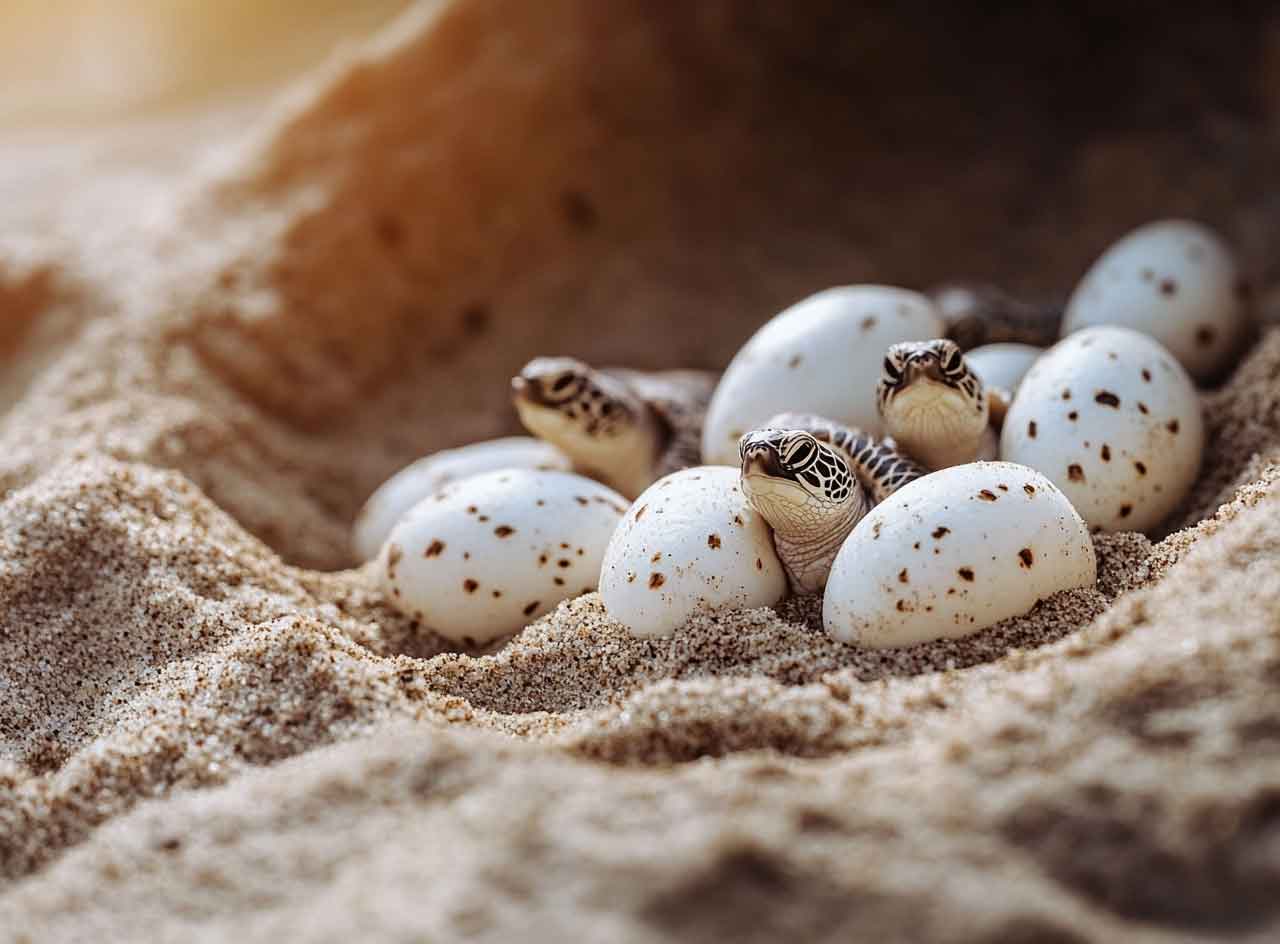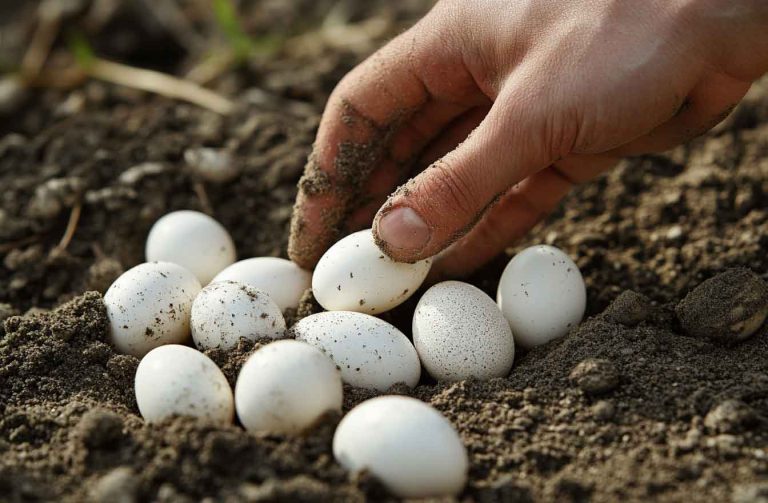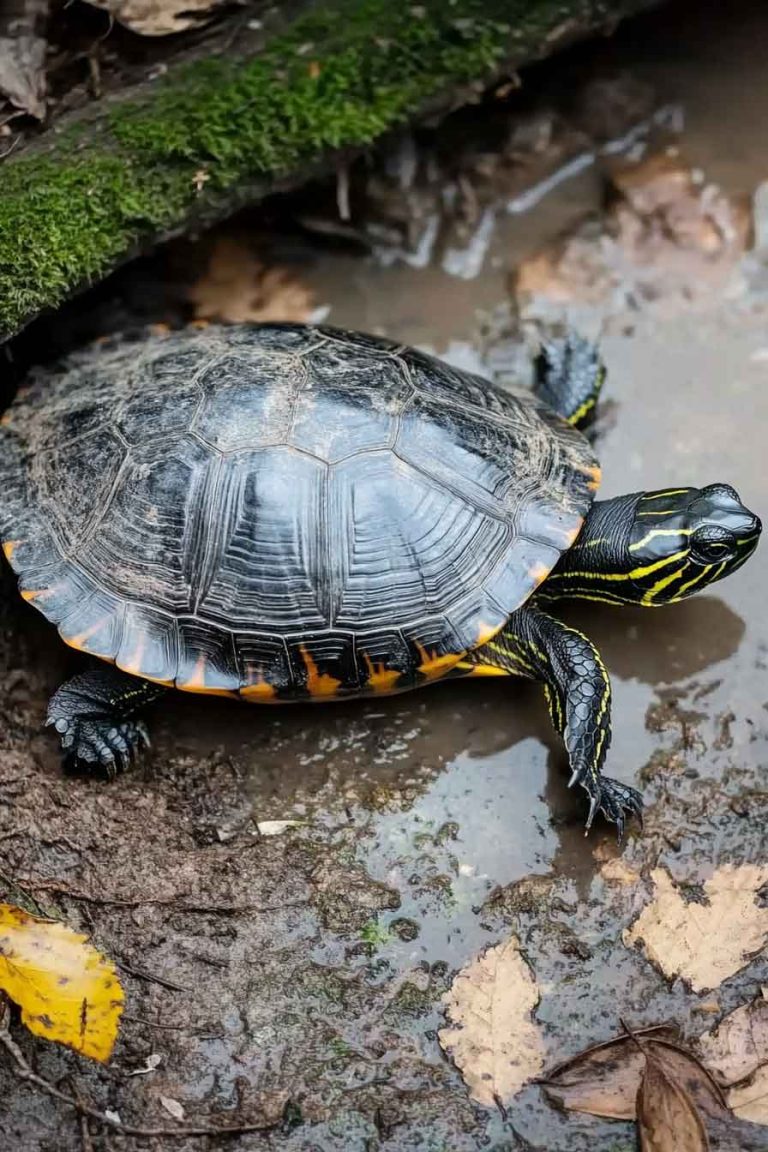What To Do With Infertile Turtle Eggs?
Hey there, turtle lovers! If you’re like me, you’ve probably spent countless hours watching your shelled friends bask, swim, or dig around in their enclosures. But what happens when your turtle lays eggs, and you realize they’re infertile? Don’t worry—I’ve been there, and I’ve done the research to help you figure out what to do…
Hey there, turtle lovers! If you’re like me, you’ve probably spent countless hours watching your shelled friends bask, swim, or dig around in their enclosures. But what happens when your turtle lays eggs, and you realize they’re infertile? Don’t worry—I’ve been there, and I’ve done the research to help you figure out what to do with those infertile turtle eggs. In this guide, I’ll walk you through how to identify infertile eggs, what to do with them, and how to care for your turtle afterward. Let’s dive in!
How Do I Know If My Turtle’s Eggs Are Infertile?
First things first, how can you tell if your turtle’s eggs are infertile? Unlike fertile eggs, which can develop into baby turtles under the right conditions, infertile eggs won’t hatch. Here’s what I’ve learned about spotting the difference:
- Appearance: Infertile eggs often look soft, misshapen, or discolored (yellowish or grayish) compared to the firm, white, and oval-shaped fertile eggs.
- No Embryo Development: If you candle the egg (shine a light through it in a dark room), infertile eggs won’t show veins or an embryo, even after a few weeks.
- Time: Fertile eggs typically hatch within 60–90 days, depending on the species. If it’s been way longer and nothing’s happening, the eggs are likely infertile.
- No Male Presence: If your female turtle hasn’t been around a male, any eggs she lays will be infertile since they haven’t been fertilized.
If you’re unsure, it’s always a good idea to consult a reptile vet or an experienced breeder. I’ve made the mistake of tossing eggs too soon, only to wonder if I acted too quickly—so take your time to confirm.
What Should I Do With Infertile Turtle Eggs?
Once you’ve confirmed the eggs are infertile, you’re probably wondering what to do next. Here are the options I’ve explored and tried over the years:

1. Dispose of the Eggs Safely
Most of the time, I choose to dispose of infertile eggs to prevent any health risks to my turtles or their enclosure. Here’s how I do it:
- Remove Carefully: Use gloves to gently remove the eggs from the nesting area to avoid breaking them. Broken eggs can attract bacteria or pests.
- Seal and Discard: Place the eggs in a sealed plastic bag and throw them in the trash. I avoid composting them because they can rot and attract unwanted critters.
- Clean the Area: After removing the eggs, I clean the nesting area thoroughly to prevent mold or bacterial growth.
2. Leave Them for a While (If Safe)
Sometimes, I’ve left infertile eggs in the enclosure for a short period, especially if my turtle seems protective of them. Female turtles can get stressed if their eggs are removed too quickly. However, I only do this if:
- The eggs aren’t broken or leaking.
- The enclosure is clean and free of excess moisture to prevent mold.
- I monitor the eggs closely and remove them within a week or two if they start to deteriorate.
Be cautious, though—leaving eggs too long can lead to rot, which isn’t good for your turtle’s health.
3. Donate to Educational Programs
If you’re near a zoo, aquarium, or reptile rescue, you might be able to donate infertile eggs for educational purposes. I once reached out to a local reptile sanctuary, and they were thrilled to use the eggs to teach kids about turtle biology. Just make sure to contact the organization first and follow their guidelines for handling and transport.
4. Avoid Incubating Infertile Eggs
I’ve been tempted to incubate infertile eggs “just in case,” but trust me, it’s not worth the effort. Infertile eggs won’t hatch, and keeping them in an incubator can lead to mold or bacterial growth, which can be a hassle to clean up. Save your incubator for fertile eggs if you’re breeding turtles.
Why Do Turtles Lay Infertile Eggs?
You might be curious why your turtle is laying infertile eggs in the first place. From my experience, here are the main reasons:
- No Male Fertilization: If your female turtle hasn’t mated with a male, her eggs will naturally be infertile. This is common in captive turtles kept alone.
- Hormonal Triggers: Turtles can lay eggs due to hormonal changes, even without a mate. Factors like temperature, diet, or stress can trigger egg-laying.
- Age and Health: Younger or older turtles may lay infertile eggs more frequently, especially if they’re not in peak breeding condition.
Understanding why your turtle is laying infertile eggs can help you adjust her care to reduce stress or prevent health issues.
How to Care for Your Turtle After She Lays Eggs
Laying eggs, even infertile ones, can be exhausting for your turtle. I’ve noticed my turtles sometimes act sluggish or lose their appetite after laying. Here’s how I care for them post-egg-laying:
- Provide a Nutritious Diet: Offer calcium-rich foods like cuttlebone or leafy greens to help her recover. I also add a reptile multivitamin to her diet for an extra boost.
- Ensure Proper Hydration: Make sure her water is clean and at the right temperature (75–85°F for most aquatic species). I’ve found that a good soak helps my turtles feel refreshed.
- Check for Retained Eggs: Sometimes, turtles don’t lay all their eggs, which can lead to health issues like egg-binding. If your turtle seems lethargic or stops eating for more than a few days, consult a vet. I learned this the hard way when one of my turtles needed a vet visit for this exact issue.
- Reduce Stress: Keep her environment calm and avoid handling her too much. I also make sure her basking area is cozy with proper UVB lighting to help her regain energy.
Can I Prevent My Turtle From Laying Infertile Eggs?
You might be wondering if there’s a way to stop your turtle from laying infertile eggs altogether. While you can’t completely prevent it, here’s what I’ve done to reduce the likelihood:
- Adjust Diet and Lighting: A balanced diet and proper UVB exposure can help regulate your turtle’s hormones. I avoid overfeeding high-protein foods, which can sometimes trigger egg production.
- Mimic Natural Seasons: I adjust the lighting and temperature in the enclosure to mimic natural seasonal changes, which can reduce egg-laying in non-breeding seasons.
- Spay (Rare Cases): In extreme cases, a vet might recommend spaying to stop egg-laying, but this is rare and risky for turtles. I’ve never gone this route, as it’s usually not necessary.
FAQs
1. Can infertile turtle eggs be eaten?
No, you shouldn’t eat infertile turtle eggs. They’re not safe for consumption due to potential bacteria, and they don’t have the nutritional value of bird eggs. I stick to tossing them out safely.
2. How long can I leave infertile eggs in the enclosure?
I recommend removing infertile eggs within a week or two, as long as they’re intact and not causing issues. If they start to rot or smell, take them out immediately to keep the enclosure clean.
3. Will my turtle lay infertile eggs every year?
Not necessarily. Some turtles lay infertile eggs regularly, while others may not. It depends on her health, environment, and hormonal triggers. I’ve had turtles skip years without laying any eggs.
Final Word
Dealing with infertile turtle eggs can feel overwhelming, but I hope this guide has given you clarity on what to do. Whether you choose to dispose of the eggs, leave them temporarily, or donate them for education, the key is to keep your turtle’s health and comfort first. Always monitor her after she lays eggs to ensure she’s recovering well, and don’t hesitate to reach out to a vet if something seems off. Have you dealt with infertile turtle eggs before? Let me know your tips in the comments—I’d love to hear from you!







